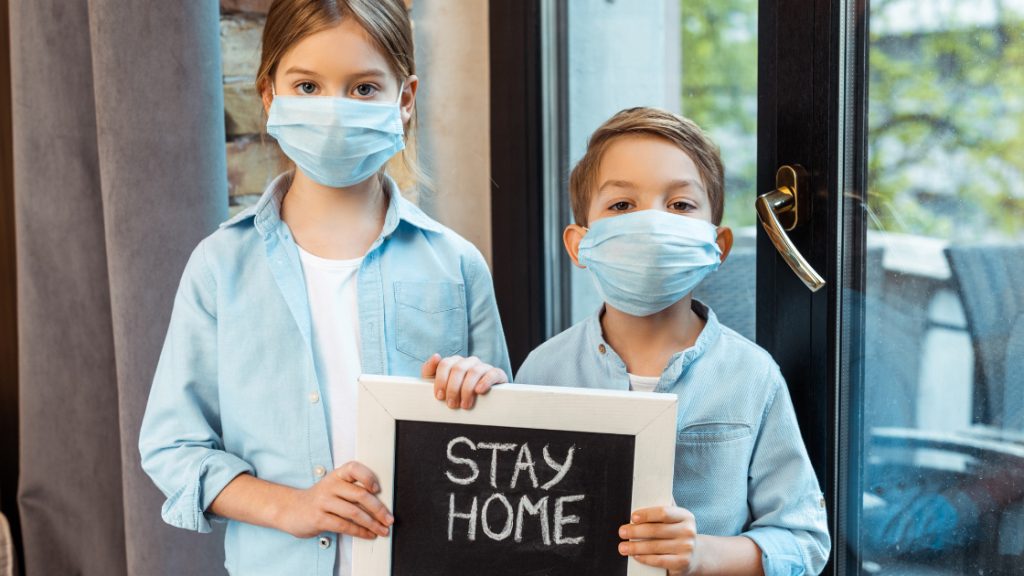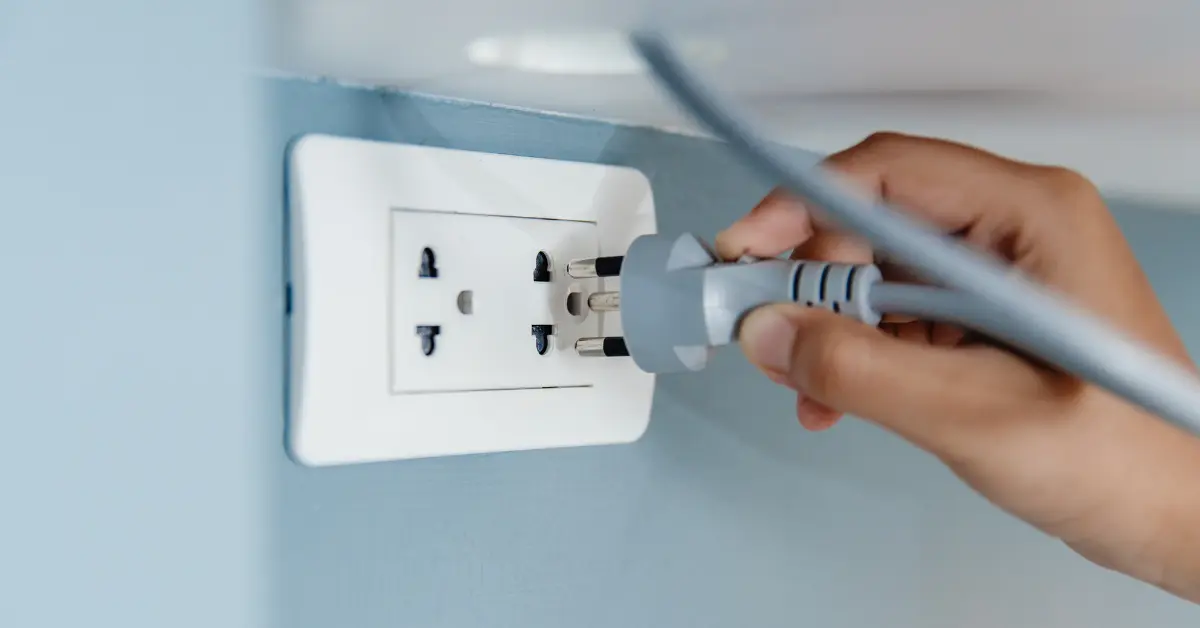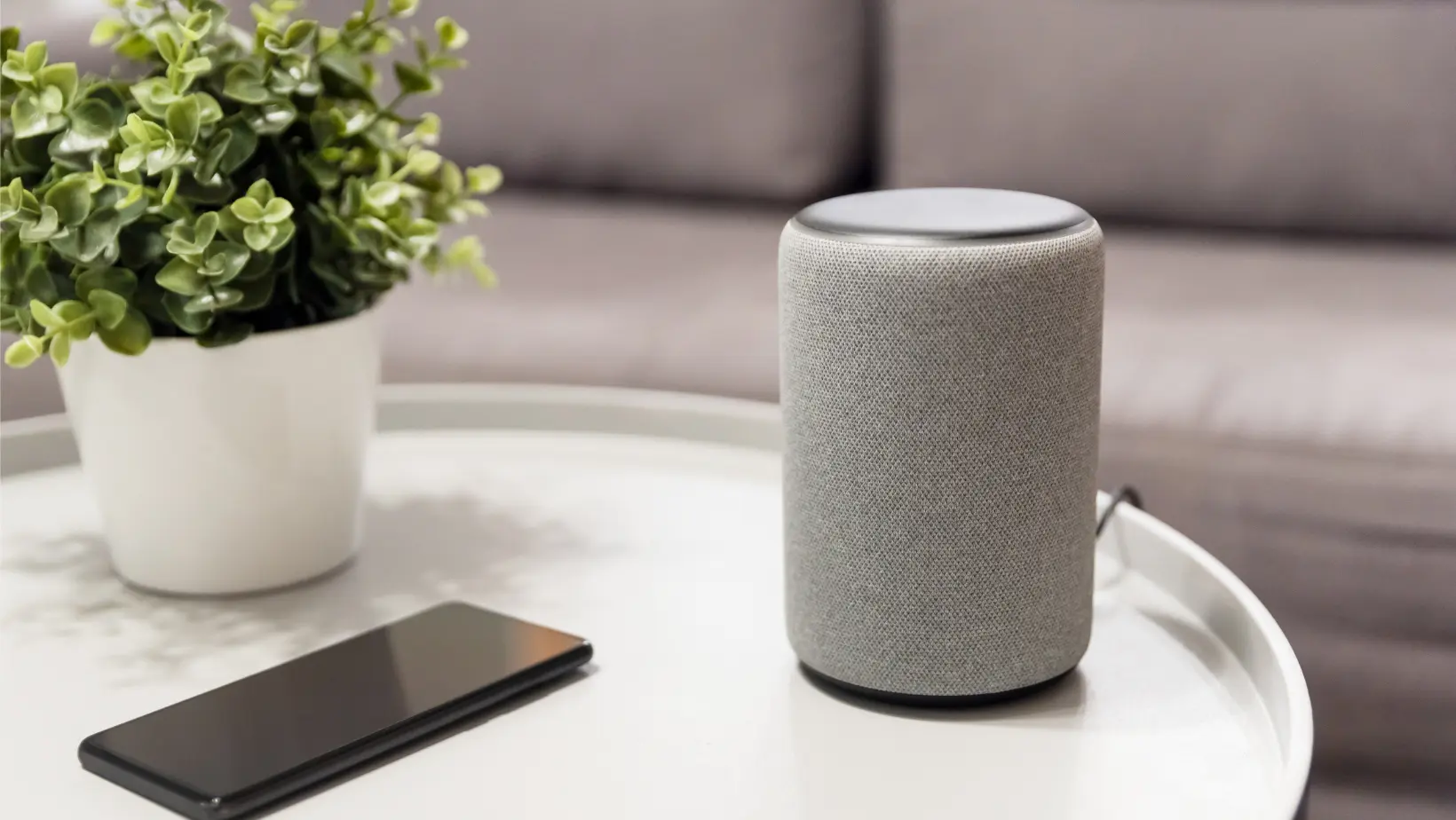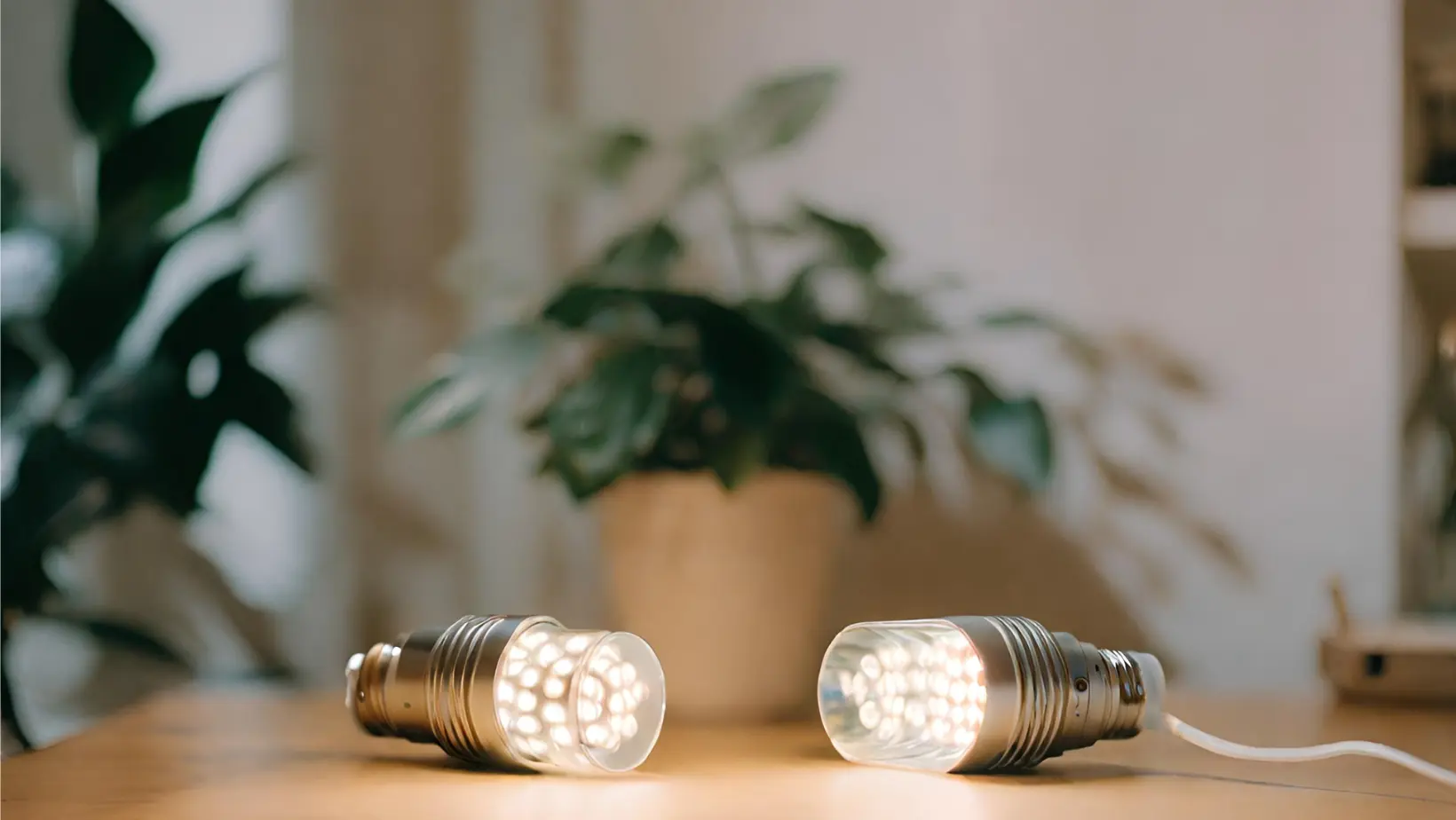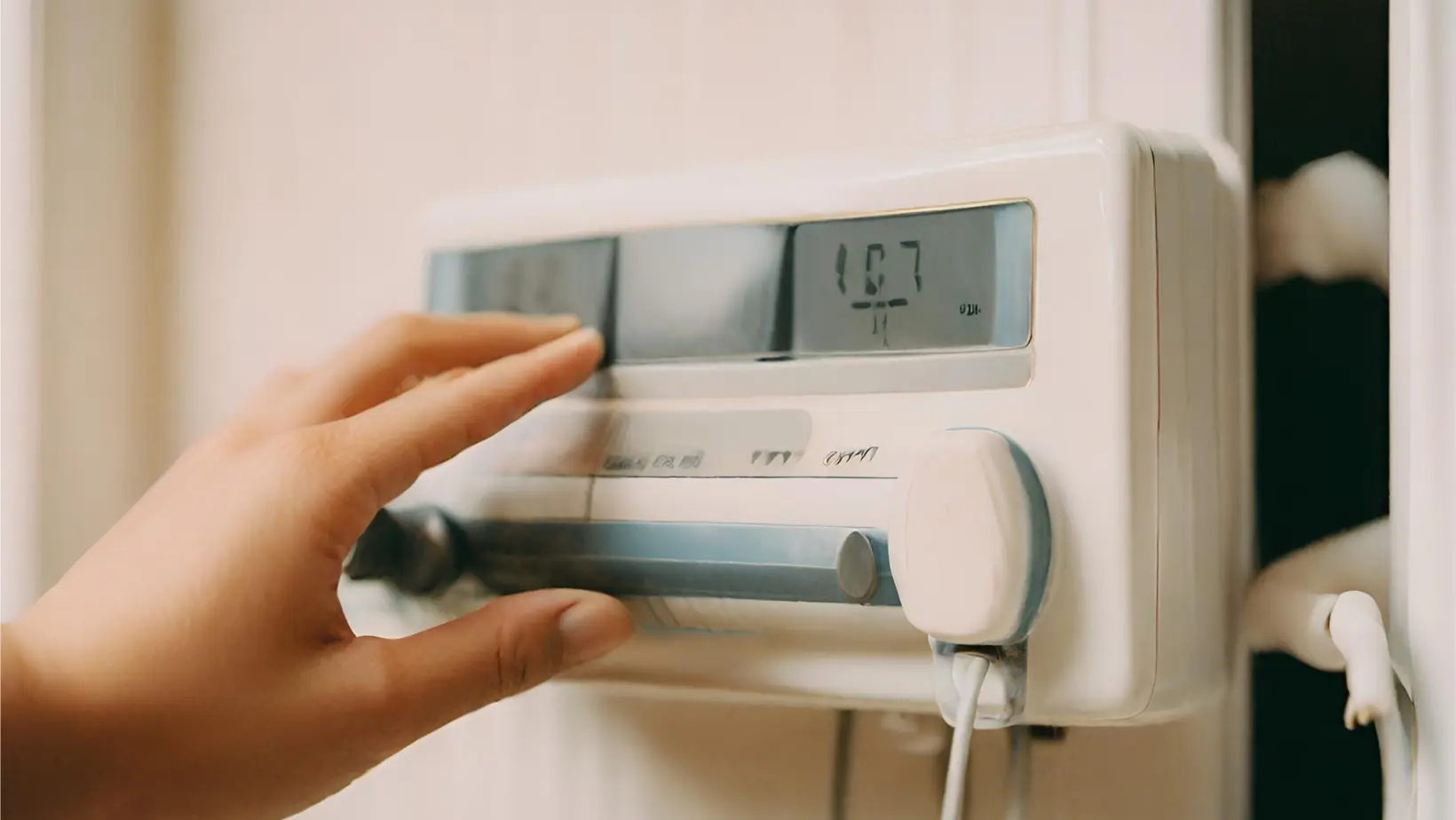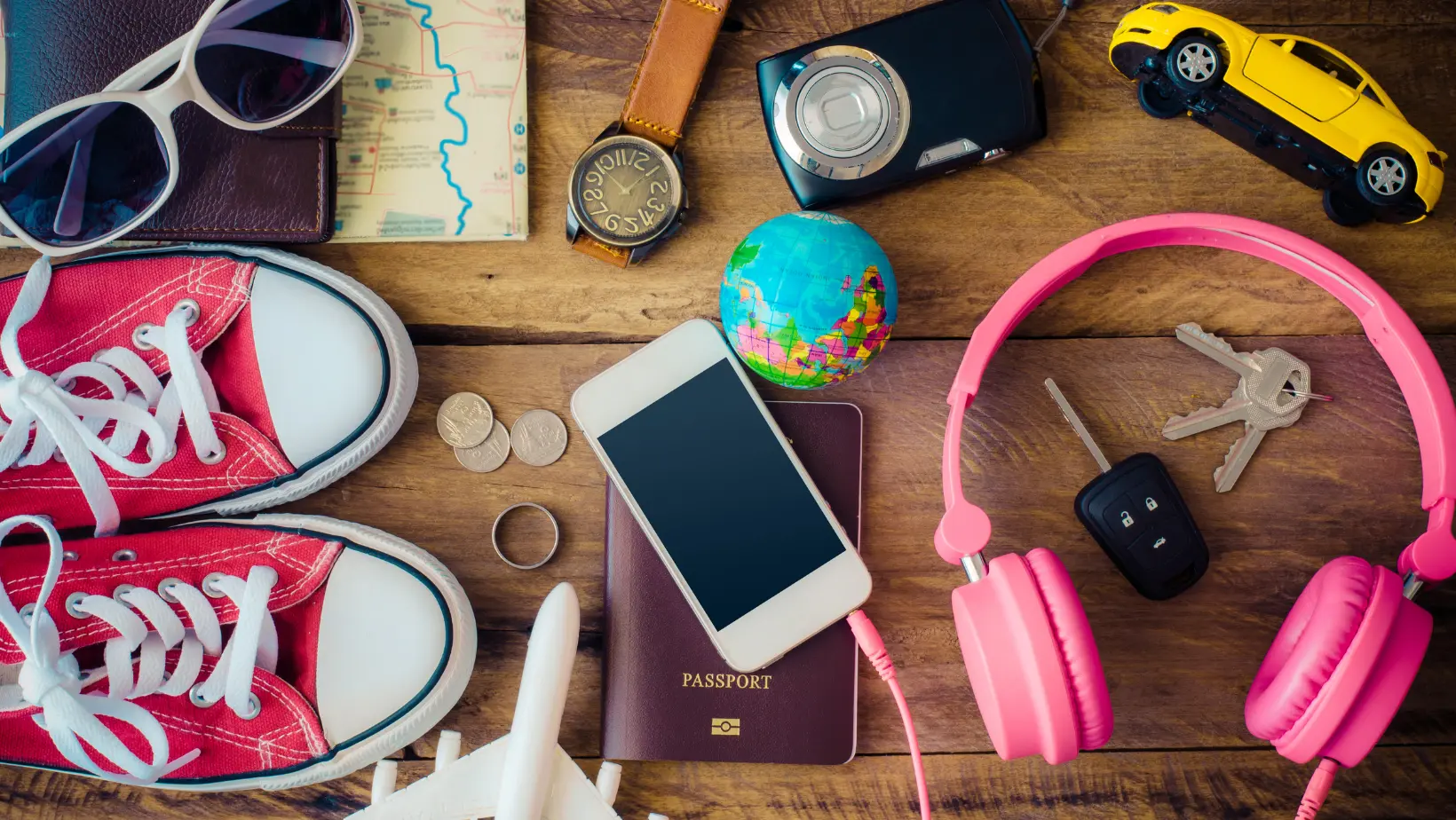Home Alone: Comprehensive Guide to Keep your Children Safe at Home During Your Absence
Being a parent often means juggling work, school, or other commitments, which can sometimes keep you away from your kids. It’s crucial to have a game plan for ensuring their safety when you’re not around. Let’s dive into some practical and effective strategies to protect your little ones from accidents or injuries during those times you can’t be there in person.
These tips are designed to give you peace of mind and keep your children safe and sound.

Always Prioritize your Children Safety
Ensuring your children’s safety should always be your top priority. It’s crucial to create a secure environment that minimizes the risk of accidents or injuries when you’re not around. This means taking proactive steps to childproof your home, particularly in areas that pose potential hazards.
Take the time to thoroughly assess your home from a child’s perspective. Look for potential dangers like unguarded stairs, easily accessible electrical outlets, or kitchen appliances within reach. It’s not just about fixing these issues but understanding the ‘why’ behind each safety measure.
I recommend doing some research on child safety and injury prevention. There are numerous resources and websites dedicated to this topic, offering practical advice and guidelines. These sites can provide valuable insights into common household hazards and how to mitigate them effectively.
By educating yourself, you can ensure your home is a safe haven for your children, even when you’re not there to supervise them directly.
Teach your Children How to Response in Case of Emergency
- Parents can make sure their children have a clear understanding of safety precautions by telling tales with moral lessons on dangerous situations such as “The Three Little Pigs”. These books teach kids that they need to be brave, listen carefully and take care of one another for the whole group to survive!
- Teach them about natural hazards in the home and how to avoid them: what kind of weather can be dangerous, where they should put any fire extinguisher in case there’s ablaze.
- Make a family emergency plan. Divide your children into groups according to their ages and their task in case an emergency or an accident takes place.
- Put together a first-aid kit (including one for pets) or an emergency kit and teach your child how and when to use them.
- Get your kids acquainted with 911 on speed dial so if an emergency arises like a house fire, accident, or break-in, where time is crucial and they don’t have a number memorized, they can still call for help quickly and effectively because those seconds count.
Fire Safety Practices at Home
Every year in the United States, more than 3,200 fires are started by children under five. That’s one every 30 minutes! While some of these fires start with candles and matches, many of them happen while kids are playing with lighters or fireplaces. One thing that can help prevent this is having a plan to make your home safer for children. Below are some tips on what you can do.
- Keep matches, lighters, and other fire-making materials away from children. If they are not available near the stove
- Fire drills at home so your children know what to do when they smell smoke or see fire.
- Test and replace all batteries in any type of emergency alarm system, including the one used for pets.
- Unplug nonessential appliances if you’re going on vacation or out overnight, such as televisions that are not turned off with a timer – especially electric ovens, microwaves, which can spark fires without warning!
- Use an automatic sensor mat under rugs near heat sources like furnaces and gas stoves; this will detect minute changes in temperature before a fire starts.
- Install child safety locks on electrical sockets (which only allow plugs up to three prongs).
Keep the Medicines Out of Reach of Children
The number one cause of preventable death of children is unintentional poisoning. The American Academy of Pediatrics says that “more than half the calls to poison control centers are about kids under age 5 who have gotten into something.” Keeping medicine out of reach can help keep your child safe. Here are a few tips to help you do so:
- Keep all medicines out of sight and reach from children.-
- Put them in a locked cabinet or drawer so they are not visible to children who might want to play with the items.
- opt for child safety caps on prescription bottles if available, which allow you to open them only when needed while keeping out curious hands that may turn it into an opportunity for exploration.
- Use medicine organizers like pillboxes or blister packs, which help keep your medications organized and easy to access.
Electrical Safety for Children at Home
Electricity is a part of our daily lives, and it isn’t just dangerous when we’re working with high-voltage wires. Here are some safety tips for parents to keep their children safe around electricity at home:
Electrical Cords Should be out of Reach of Children
The safest place for electrical cords is right where they plug in to protect them from curious fingers. Keep wires out of reach by securing the cord with a clamp or tape, or covering it with door molding so that children can’t pull on it and unplug something.
Importance of Extension Cords, Leads and Cable Management in Kids Safety
Extension cords must be plugged into a nearby outlet and put away so that they are not tripped over. Keep them off the floor in a cable management box or on an uncluttered surface where children can’t pull them out of outlets, trip over them or wrap around their necks.
Cordless tools come in handy for all sorts of jobs around the house, but make sure your child doesn’t have access to one when you’re not home.
There are plugs available specifically designed for these types of devices as well as locking mechanisms on power tools which will keep kids safe while still allowing adults free access when necessary.
Tape over buttons near sockets to prevent accidents if unable to cover up electrical outlets completely .
Cable management should also include keeping video game cables under furniture and wires plugged into electronics covered with fabric tape to keep curious fingers from getting injured – it’s important!!
Water Safety at Home
Water safety is a serious issue that affects all members of the family, and it’s important to teach children how to stay safe around water from an early age. Here are some tips for safely managing your home’s water hazards with kids in mind:
Importance of Water Temperature for the Kids
Children are much more susceptible to cold water than adults, and since they don’t have as many layers of fat to insulate them from the shock, parents need to pay attention when deciding whether or not their children can handle a bath.
A safe bath temperature for babies and children is 37 °C to 38 °C. Scalds can happen if the temperature of the water is too hot. So check the water first before putting your child into the bath.
Anti-Scald Devices for Water Safety
Scalding accidents occur most frequently in the bathrooms and kitchens – where they are most preventable. Anti-scald devices are a great way to protect children from scalding.
Some anti-scald devices can be fitted onto the tap or bath, while some may need a plumber for installation before they work effectively. These do take time and money upfront but could save your child in the long run if an accident happens at home which would leave them scarred or disabled.
Safety in the Furniture
Furniture is one of the most dangerous items in your home for children under five years old. Kids spend more time on and around furniture than anywhere else in their homes.
According to a study by Safe Kids Worldwide, injuries caused by falling from a piece of furniture are among the top three leading causes of injury-related deaths for that age group!
Sharp edges and corners are a leading cause of unintentional head injuries and other types of injuries in the home. This is why it’s so important to keep an eye out for these sharp features, like those on tables or chairs, and use Corner and Edge Bumpers to help prevent child injuries from falls against sharp edges of furniture and fireplaces.
It’s important to check for not just choking hazards, but also potential items that could be swallowed. Make sure there is nothing within reachable distance such as buttons and other everyday objects which might cause harm if ingested by a child who may explore the room unsupervised or mistake them for food.
Safety Straps in the Furniture
A good option to keep furniture in place is safety straps. These are often sold as a pack of four, but can also be found for individual purchase at most hardware stores and online retailers. The best thing about these items is that they’re affordable and take up little space when not in use. All you have to do is attach them on the underside of the edge where it meets with another piece of wood or one side meets another (like between two chairs). This will help ensure your children don’t knock over pieces of furniture while playing around it!
Door Knob, Door Locks, Safety Gates, and other Security Safety for the Child
As an adult, you should always be aware of the dangers that might occur around your house. Don’t let children have unsupervised access to dangerous areas such as staircases and kitchens with knives on the countertops. One way to do this is by installing the following:
Door knobs- they can be installed on doors that lead outside or inside the house. They allow a door to open only when turned from one side to the other – not in both directions which prevent an intruder from entering even if they have access to a key or passcode for that door.
Safety gates- there are also locks and gates which make it difficult for children under 4 years old to enter certain rooms or areas without adult supervision.
Safety latches and locks- these should be installed on cabinets, drawers, medicine boxes, or containers that can prevent children from gaining access to dangerous items such as matches, household cleaners, and medicines. These should be locked away in a safe location where kids cannot reach them easily even if it is child-resistant packaging.
Other security safety features you can install at homes are:
Install additional home security features in your children’s computers to report suspected online and offline child sexual exploitation. Also allow your children to do age-appropriate activities and watch videos to help teach children to be safer online.
Prevention of Fall Incident at Home
Many parents have the fear that their children will fall from a high place and get hurt. However, falling accidents are the third most common cause of accidental death in children below the age of 15. While it is impossible to protect your child 100% from this risk, there are things you can do to reduce that chance.
How to prevent children from falling and injuries
To avoid kids from falling from a high place such as stairs, make sure that you watch your children carefully. You can also set up gates and locks on stairs so the little ones don’t get hurt tumbling down there while no one is looking!
Window guards and window locks for Child Safety
Keep furniture away from windows, such as a desk or dresser. It would also be wise to invest in window guards and safety netting for windows since many falls occur out of these types of windows and can lead to severe injury if not death!
Pool Safety to Prevent Child Drowning
Every year many children drown in pools. To prevent these accidents, enforce pool safety by following the guidelines below:
Don’t leave young ones unattended Poolside or near stairs to a backyard swimming area. Give the pool a power safety cover to make it even safer.
Put up pool fences and make sure they are at least five feet high and have self-latching gates. If your house has glass doors that lead to the pool, you might want to install shutters on them as well!
Much better if you put an alarm on any doors that lead from the house into the pool area.
Set Firm and Clear Rules for Kids at Home
There are many reasons why family rules can be created. One of the most important is to create a safer and more orderly environment for your children.
Set up a family meeting and discuss the rules with your children. You can also use this opportunity to talk about what behaviors are not acceptable in your home. Use this opportunity to discuss with them the different rules to keep them safe at home and why these rules must always be observed. Involve other members of your family too, as they may have some valuable input or suggestions for you!
Keeping Safe with Kitchen and Household Tools
Keep all knives and other sharp objects out of reach from children by storing them in a locked container. This includes kitchen appliances, such as pots and pans with handles that are not secured to the stovetop! You may even want to consider using child-proof utensils for cooking or boiling water if you have small kids running around at home. Also make sure your child does not put any parts of their body near dangerous areas like heating vents, doorways, or windows which could lead to burning injuries when they bump into things accidentally.
Emergency Preparedness at Home
You have a lot on your plate as a parent. Juggling work, kids, and household tasks can feel like you’re running around in circles. But one thing you never want to forget is emergency preparedness at home- it’s the foundation of safety for those that depend on you most!
Prepare Child Safety Kits at Home
Parents are often worried about the safety of their children. One way to keep them safe is by preparing a child safety kit at home. The kit should include emergency contact information, medicines and first-aid supplies, an extra change of clothes for each member of the family, important documents like credit cards and IDs, copies of insurance plans and medical records, as well as basic tools such as a flashlight with fresh batteries or a battery-powered radio that doesn’t require electricity to function. These kits should be stored in one place so they’re easy to find when needed most.
Oftentimes we need to go out of our homes to earn a living. But we need to keep our homes safe so w We hope you have found our guidelines helpful in keeping your children safe at home. If there are any safety tips that we’ve missed, please feel free to reach out to us anytime! Together, we can help ensure the safety of all children.
With the chaos of our day-to-day lives, it can be hard to find time for yourself. But with all that you do in your household, don’t forget about how important safety is! Whether you’re at home or out and about running errands with your kids. As parents, the safety of your child should be your number one concern. We hope you have found our guidelines helpful to keep your children safe at home. If there are any tips that we’ve missed, please feel free to reach out to us anytime! Together, we can help ensure the safety of all children.
For more details on how to keep your children safe, visit our website! You’ll find countless resources and tips waiting for you

